Quality Changes During Frozen Storage of Seafood
By. Kusni - 01 Oct 2025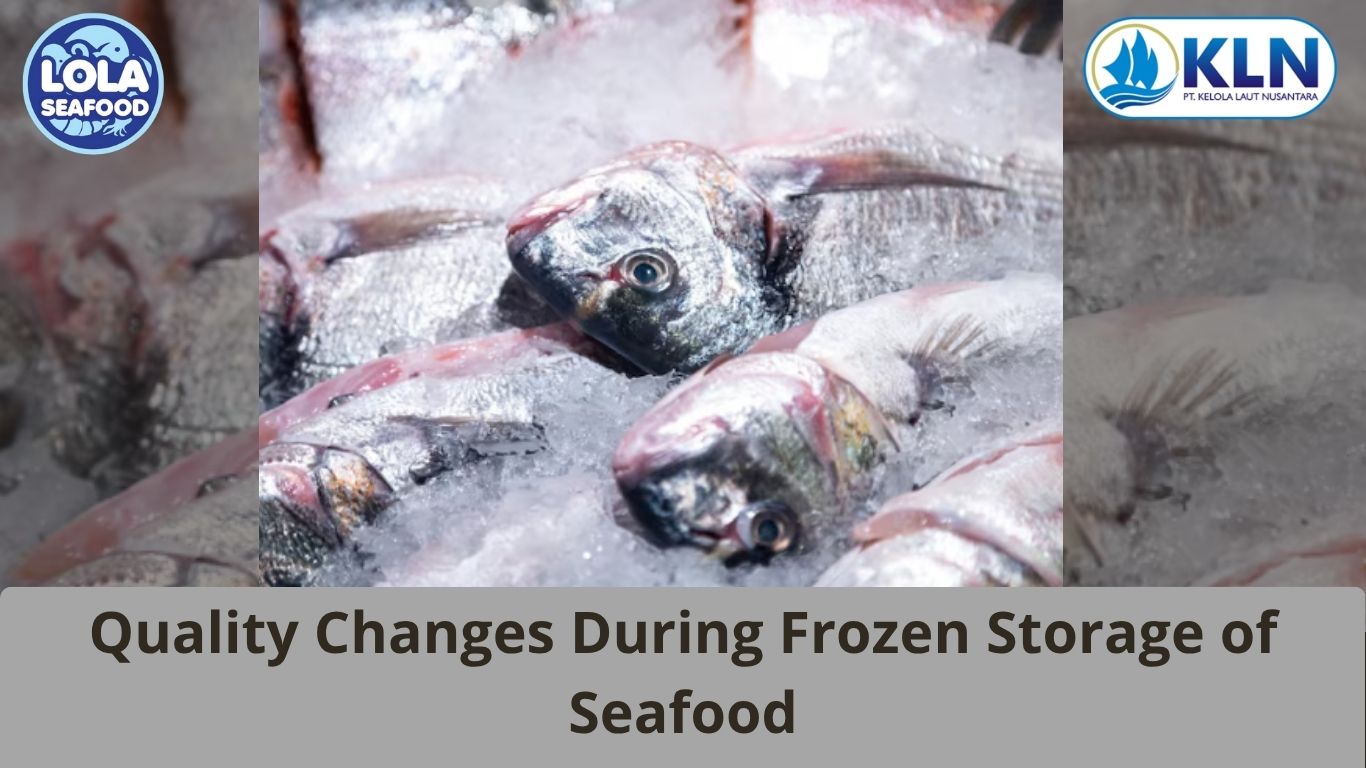
Kelolalaut.com Freezing has long been recognized as one of the most effective preservation methods for seafood. By reducing the temperature below -18°C, microbial activity and enzymatic reactions slow dramatically, enabling fish and shellfish to be stored for months without immediate spoilage. However, while freezing extends shelf life, it does not completely halt all biological and chemical processes. Over time, seafood stored in frozen conditions undergoes gradual quality changes that affect its sensory attributes, nutritional profile, and market value.
Freezer Burn and Moisture Loss
One of the most noticeable changes during frozen storage is freezer burn, caused by moisture migration from the seafood surface into surrounding air or ice crystals within the package. This results in dry, whitish patches that become tough and leathery when cooked. Although freezer burn does not make seafood unsafe to eat, it significantly diminishes flavor, texture, and consumer appeal.
The problem is more likely to occur when packaging is damaged, improperly sealed, or unable to prevent oxygen transfer. High-quality vacuum-sealed packaging and stable low temperatures are therefore essential in reducing moisture loss and protecting seafood integrity.
Texture Degradation
Seafood texture is highly sensitive to frozen storage due to the delicate structure of fish muscle. During freezing, water inside the muscle forms ice crystals. If freezing is slow, these crystals grow large and puncture cell membranes, leading to drip loss and mushy flesh when thawed. Even under ideal storage, proteins gradually denature over time, weakening the muscle structure.
Rapid freezing methods, such as individual quick freezing (IQF) or blast freezing, create smaller crystals that minimize damage. Still, prolonged frozen storage can result in softer or less springy textures, a common reason for consumer dissatisfaction.
Lipid Oxidation and Off Flavors
Seafood, particularly oily fish like salmon, mackerel, and tuna, contains high levels of polyunsaturated fatty acids. While nutritionally valuable, these lipids are vulnerable to oxidation, even in frozen storage. Oxidation produces rancid odors, off-flavors, and sometimes discoloration, reducing both sensory quality and nutritional value. Exposure to oxygen, light, or fluctuating storage temperatures accelerates oxidation. Effective solutions include vacuum packaging, oxygen-barrier films, and antioxidant treatments, all of which help preserve flavor and aroma in fatty seafood products.
Color Changes
Color is a key indicator of seafood freshness and quality. During extended frozen storage, fish and shellfish may undergo color fading or discoloration. Salmon flesh, for example, may lose its bright pink hue, while shrimp shells can turn yellowish. These changes are often linked to pigment oxidation, enzymatic activity, or protein denaturation. Although color changes alone do not indicate unsafe food, they lower marketability because consumers strongly associate vibrant colors with freshness and high quality.
Nutritional Alterations
Freezing is generally effective in preserving the nutritional value of seafood, but gradual changes occur during prolonged storage.
- Proteins may denature, reducing their water-binding capacity and digestibility.
- Fatty acids, particularly omega-3s, are susceptible to oxidative loss.
- Vitamins, especially vitamin C and some B-group vitamins, degrade slowly over time.
These changes are usually minor if seafood is consumed within recommended storage durations, but they highlight the importance of following proper shelf-life guidelines.
Microbial Considerations
While freezing halts the growth of most microorganisms, it does not destroy them. Pathogens such as Listeria monocytogenes and spoilage bacteria may survive in a dormant state and become active once the seafood is thawed. Prolonged frozen storage may not directly increase microbial risk, but if the cold chain is broken, partial thawing can encourage microbial activity, reducing both safety and shelf life. Proper handling, storage at consistently low temperatures, and safe thawing practices are therefore critical for ensuring microbial stability.
Strategies to Minimize Quality Loss
To reduce quality deterioration during frozen storage, seafood processors and consumers should follow best practices:
- Use rapid freezing techniques to minimize ice crystal damage.
- Employ high-quality packaging, such as vacuum sealing, to prevent oxygen and moisture transfer.
- Maintain consistent storage temperatures at -18°C or lower, avoiding fluctuations during transport or retail handling.
- Follow recommended storage durations, which vary by species: lean fish may last 8–12 months, fatty fish 3–6 months, and shellfish 6–12 months.
- Educate consumers on proper thawing and cooking methods to preserve sensory and nutritional quality.
Freezing is a powerful preservation tool, extending the usability and safety of seafood. Yet, it cannot completely stop natural changes from occurring. Over time, frozen seafood experiences freezer burn, texture degradation, lipid oxidation, color fading, and minor nutrient losses. While these changes do not necessarily compromise safety, they affect the sensory qualities that consumers value most. By applying modern freezing technologies, protective packaging, and strict cold chain management, the seafood industry can minimize these changes and deliver products that maintain their appeal for longer. For consumers, understanding the nature of quality changes during frozen storage encourages proper handling and timely consumption, ensuring seafood remains both nutritious and enjoyable.
If youre interested in our Spanish Mackerel Cutlet / Kingfish Steak please do not hesitate to contact us through email and/or Whatsapp

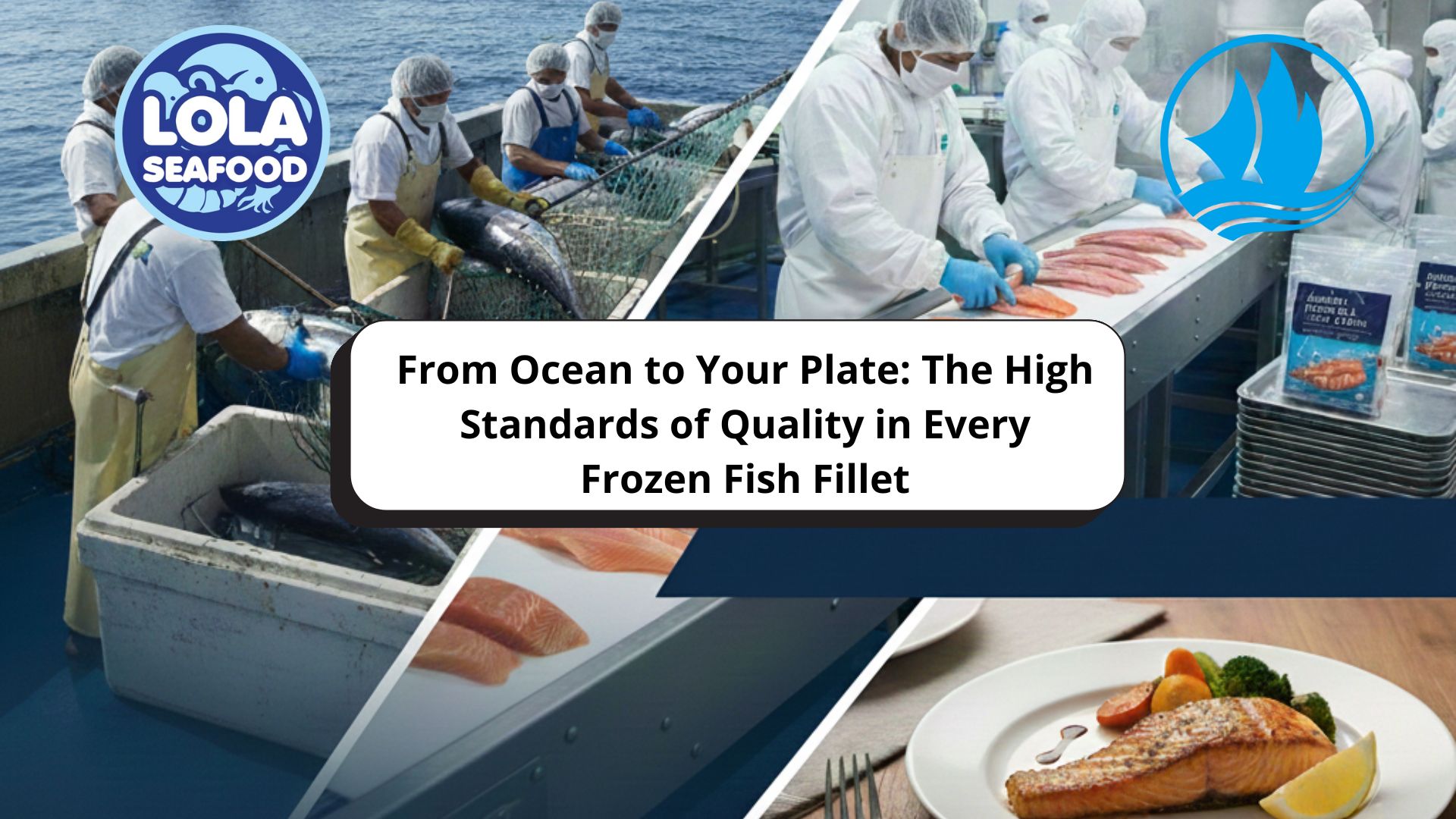
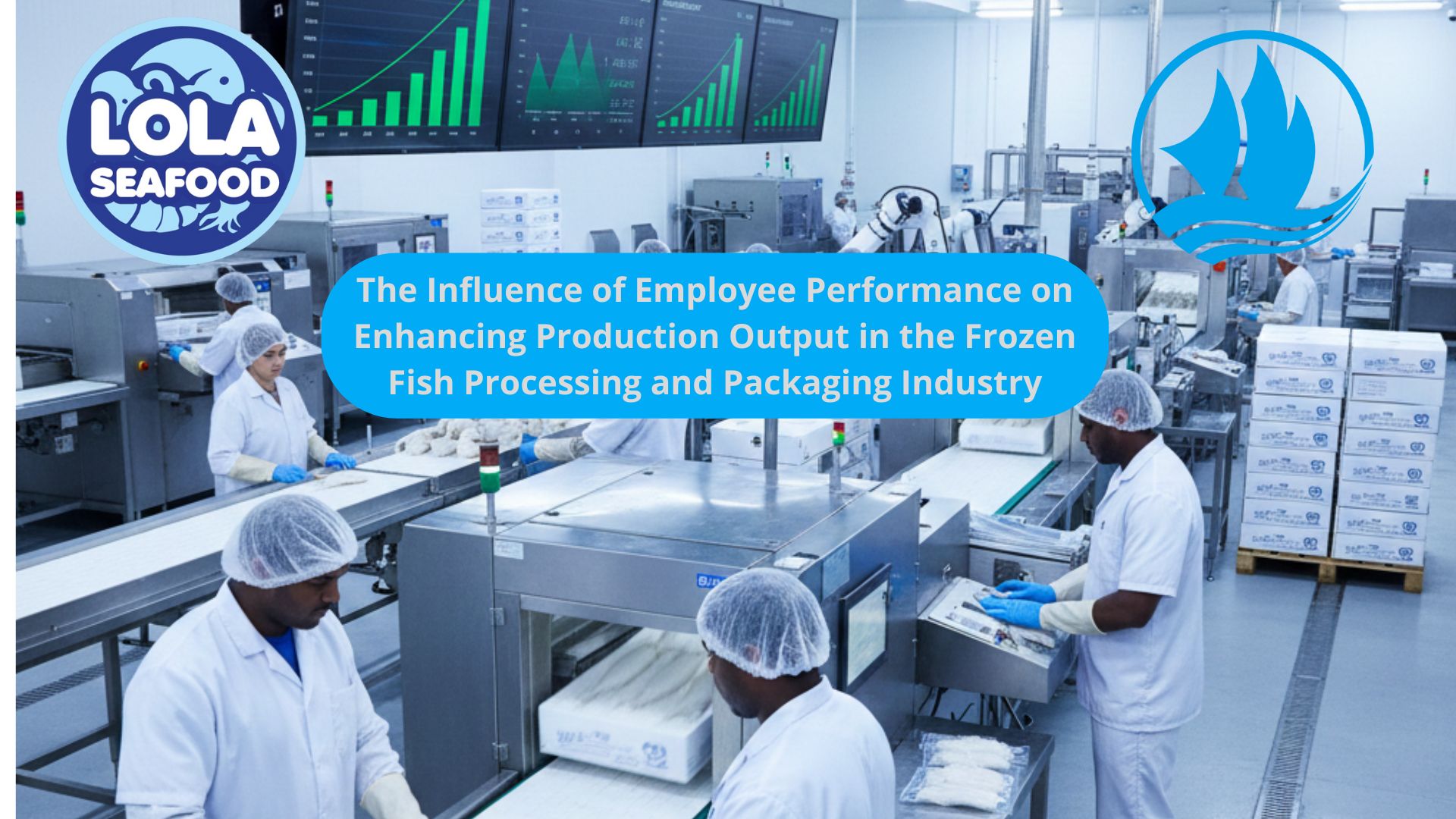

.jpg)
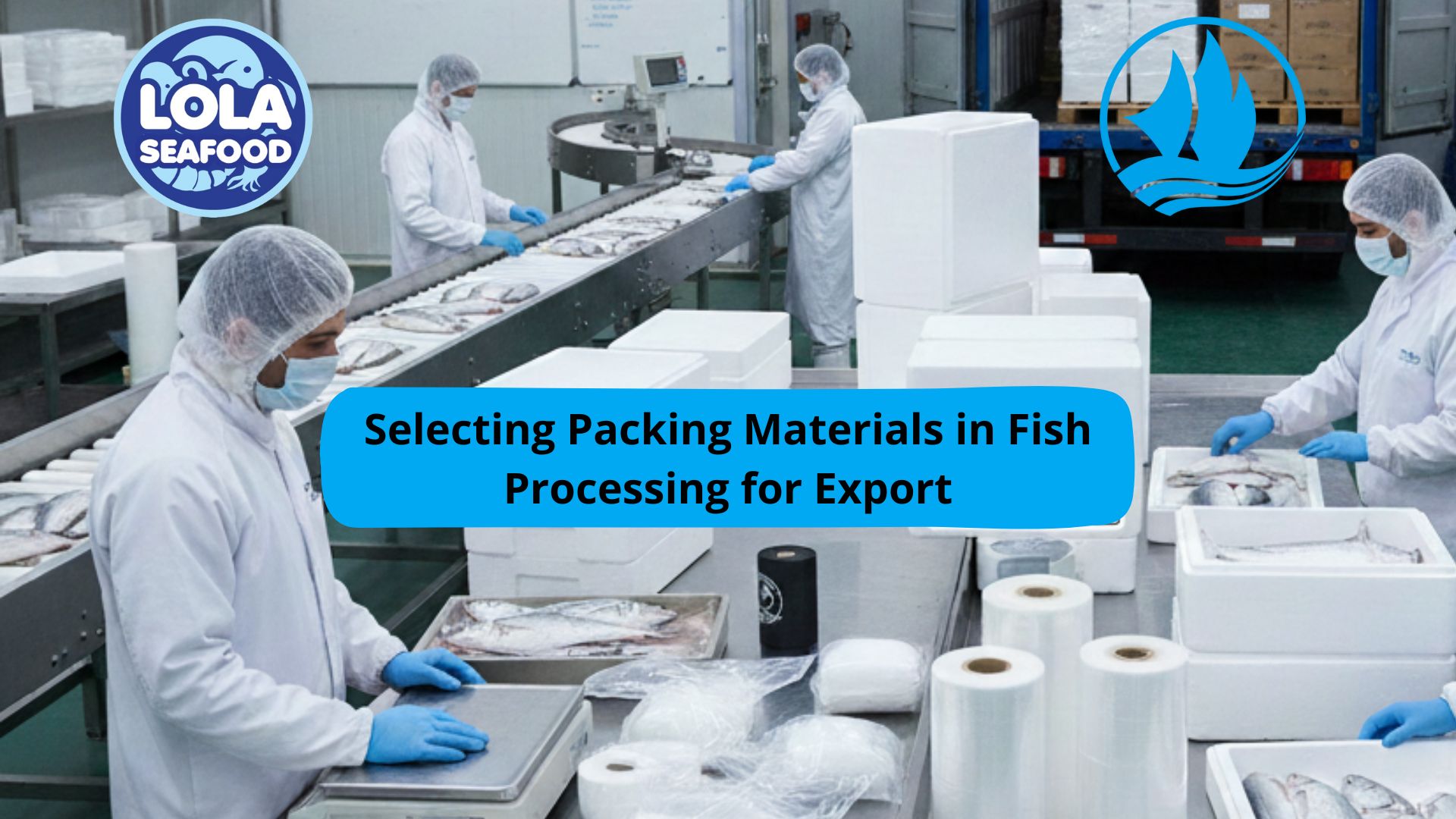
.jpg)
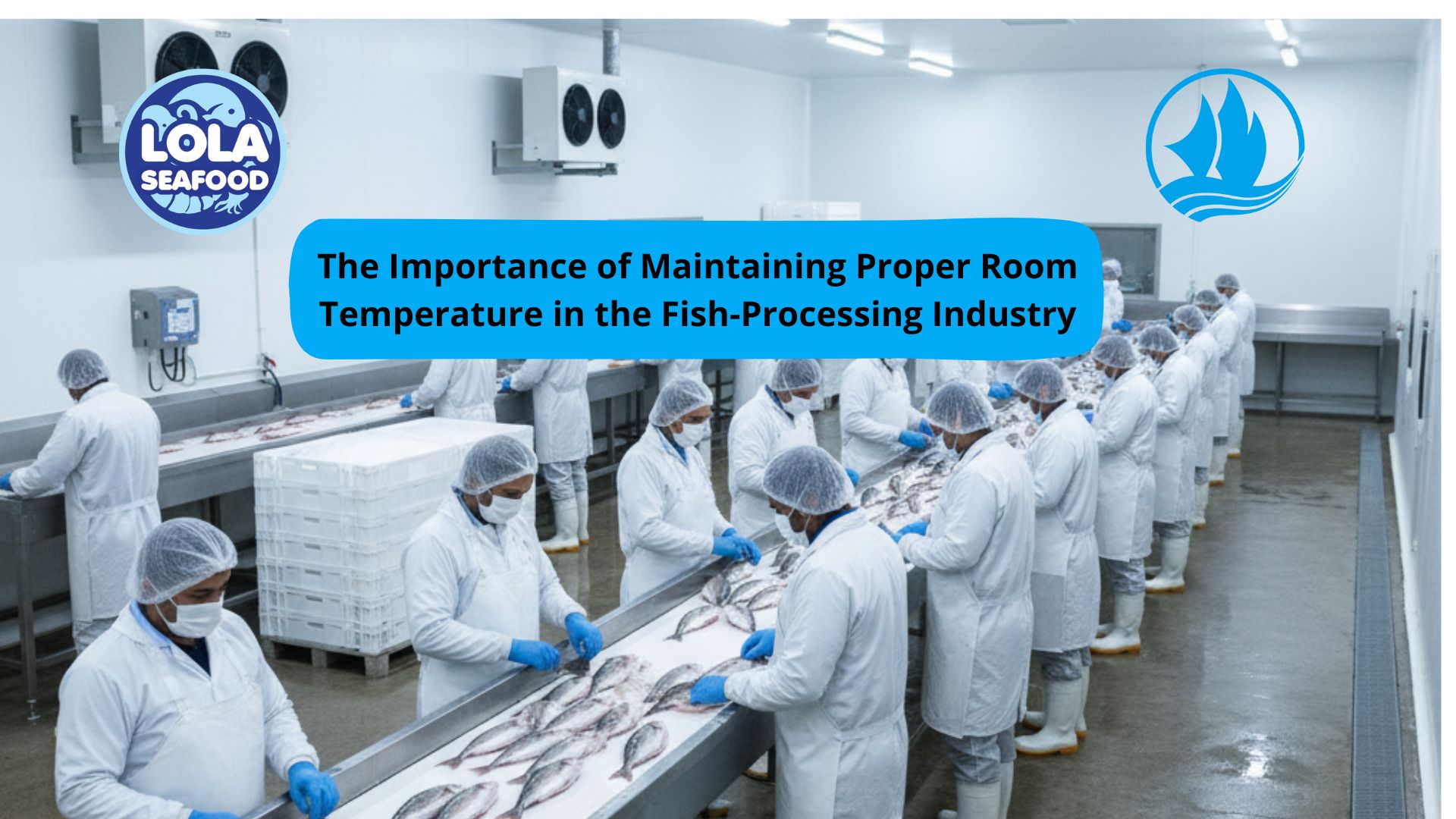
.jpg)